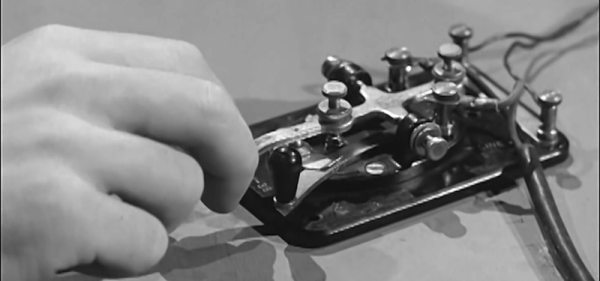It is well known that pictographic languages that use Hanzi, like Mandarin, are difficult to work with for computer input and output devices. After all, each character is a tiny picture that represents an entire word, not just a sound. But did you ever wonder how China used telegraphy? We’ll admit, we had not thought about that until we ran into [Julesy]’s video on the subject that you can watch below.
There are about 50,000 symbols, so having a bunch of dots and dashes wasn’t really practical. Even if you designed it, who could learn it? Turns out, like most languages, you only need about 10,000 words to communicate. A telegraph company in Denmark hired an astronomer who knew some Chinese and tasked him with developing the code. In a straightforward way, he decided to encode each word from a dictionary of up to 10,000 with a unique four-digit number.


















